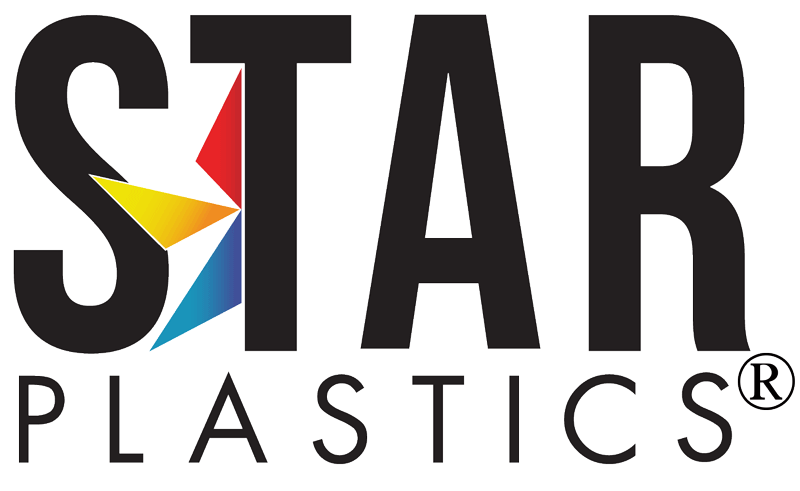News
October Plastics Market Update

Real GDP for the world is down, and industrial production has slowed down globally.
It’s becoming a more competitive market through the end of 2022 with the global economic slowdown. Oil cost is starting to climb again with lower global demand but reductions in supply coming soon. Europe is the exception where oil, electricity and gas prices are skyrocketing. This will be a long-term challenge for the world and locally for the energy-intensive plastics industry in Europe.
US housing starts are reported to be down this fall, and people have slowed down buying luxury goods. They are more focused on buying gas and food instead. Rising interest rates have also slowed the housing market at the same time.
In North America, price reductions for PE and PP resins continued in September, joined by a mixed report on engineering-grade polymers such as polycarbonate, nylon 6, nylon 6/6, and ABS. Overall, the lower demand and resulting improved supplies is the cause of this downward pricing trend. The fly in the ointment will be oil and what the effects are globally on artificially raised prices from a reduction in supply.
PC
In North America, the cost of production looks stable through next year, with producer margins getting back to 2013 levels when we had a slight over-capacity situation. Domestic suppliers seem to be running about a 4 to 6-week lead time.
We’re also expecting price reductions with Asia capacity expanding as well, with large volumes coming online and operating rates at 60% in Asia. That is, unless they determine to shut down plants and again artificially reduce supply.
Non-integrated producers continue to have an advantage over integrated producers, with the lower cost of BPA at break-even costs. This is one of the few times buying on the open market is beneficial as a producer.
In Germany, high energy costs are troubling their production, making it cheaper to buy PC in Asia and import them versus producing in Europe.
ABS
ABS is down overall, with further drops to be seen over the next few months. With these cost reductions and slow demand, ABS should be more available as compared to the recent past.
Imports from Korea and Taiwan are also down due to overall lower costs. Major distributors are still sitting on upwards of 4-6 months of old material in inventory from before the market dropped. These producers had increased prices earlier this year, and now with slower demand are losing price. The North American dumping ground for ABS is the pipe market and it’s dropping so the importers have pulled out of that market.
Capacity increases in China through 2023 are expected to take place and operating below cost in Asia. Inventory reductions will be key looking forward.
Domestic supply of ABS is at a 4 to 6-week lead time while Asia is at 8-weeks currently, with the material becoming more regularly available from both.
Nylons
With the exception of film grades, the market now has lots of inventory and availability for nylon resins.
Nylon 66 pricing is down with more supply and demand movement, with further smaller reductions expected in Q4. Buyers are using inventory and reducing supplies with the expectations of these price drops, so the slowdown of buying continues.
China demand is starting to come back and is stabilizing into 2023 for all business segments, though still slower than all of 2021.
Regarding feedstocks, Europe’s high energy costs are keeping global prices up, supporting higher prices in North America as well. Benzene is now below early 2022 prices, and the cost to produce 66 is expected to be slightly up throughout 2023, again all above 2021 levels of cost.
Another factor involved is automotive not keeping up with expected year-over-year growth. Semiconductors, labor, and supply chain all play a role, and we’re not out of the woods yet.
For Nylon 6, a lot of the same concepts apply but with less reduction with upward moving costs. Costs are expected to dip in the next month and slightly rise into the end of the year. Meanwhile, the Asia market is softening with higher demand looking forward—and Asia is a precursor to the North American market.
Oil
The anticipated increase in China’s oil consumption as refiners lift operating rates may help to support global prices that recently collapsed to the lowest level since January as traders shunned commodities. Rolling Covid-19 lockdowns and slow economic growth have greatly reduced Chinese crude demand, and the slump in prices has prompted OPEC to impose deep cuts in production in order to stop further reductions in prices.
Oil prices should stay firm through 2023 which will stop many feedstocks and polymer costs from plummeting, and gas prices are expected to be elevated through Q2 2023. Russia continues to sell to Asia at submarket prices, and Europe is seeing astronomical energy costs – so Asia is winning.
Europe is paying 33 times more for natural gas and electricity than 2 years ago, shutting down polymer plants (including nylon 6, 66, and PC), and prompting major producers to import from North America and Asia to supply material.
Logistics
Container costs are now down to $6-8k per container. While we dodged a big bullet with the rail strike, which would have shaken things up, the west coast dock workers are still in negotiations. There is still a threat of a West coast port strike, but no official date has been set. After tense negotiations, a tentative contract agreement between security guards represented by the International Longshore and Warehouse Union and employers in Los Angeles-Long Beach eliminates one possible source of cargo-handling disruption, especially affecting imported ABS.
Sustainability
New developments in sustainability are in the spotlight for next week’s K 2022 in Düsseldorf, Germany. Companies will be showcasing a host of eco-friendly solutions, including bio-based and cellulose content materials, post-consumer materials, and low-density and foamable materials for weight reduction.
While we won’t be exhibiting at the K show this year, did you know that Star Plastics offers sustainable plastic materials that don’t sacrifice part performance? We offer certified recycled content from various sources like ocean-bound recycle, post-consumer, post-industrial, and internet-technology equipment materials, with UL-recognized and custom colorable availability.
Please know that that we appreciate your business and being a valued partner to Star Plastics and we look forward to working with you well into the future. Please contact us at Sales@StarPlastics.com or your local Star Plastics representative if you have any questions about current market conditions or how they may affect upcoming orders.



